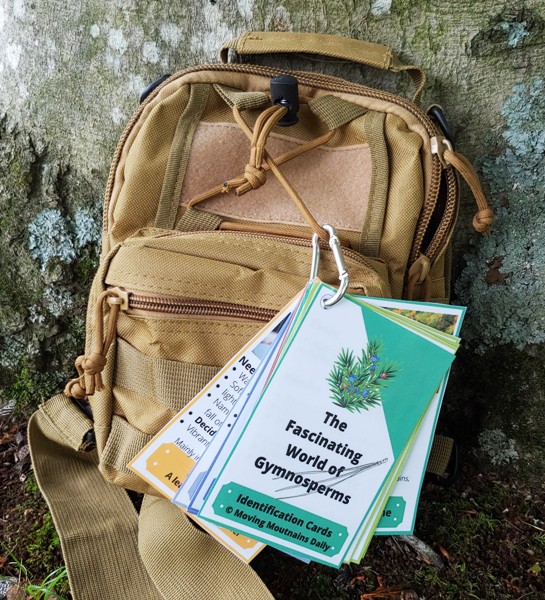Sometimes a parable, or legend, can create a memorable detail that aids scientific observation. By the end of this adorable legend, you will always recognize a Douglas Fir cone.
The Legend of the Douglas Fir is a continuation of the Conifer Biology Units:
The Fascinating World of Gymnosperms for Kids
Taking the Confusion out of Identifying Conifers for Kids
New Products! Check out our new digital downloads for this study unit at the end of this post!
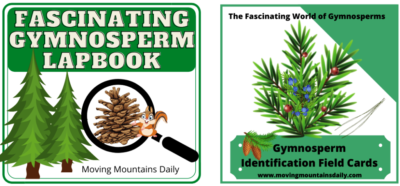
The Legend of the Douglas Fir
The Pacific Northwest Indians tell a legend of one especially raw winter. The heavy snow piled in great drifts and the bitter winds blew strong and icy. The branches of the Douglas Fir offered the animals protection from the howling winds and biting cold. Underneath the great bows, the snow fell gently, still it was a time of famine for tribes and animals.
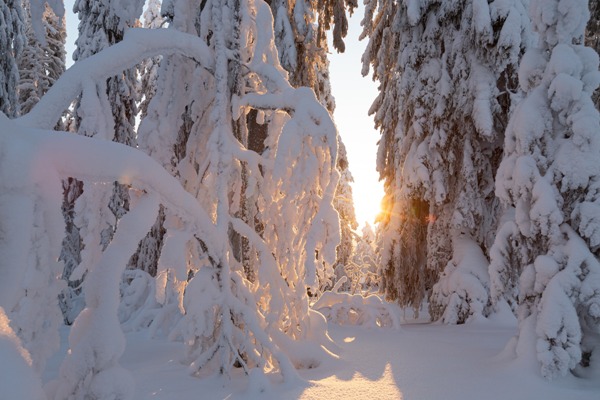
The Hungry Little Mouse
The mouse who lived at the base of the fir’s trunk was grateful for the protection of the strong tree. The Douglas Fir felt sorry for the hungry mouse and told him to climb to the end of his branches, for there he would find seeds inside the cones.
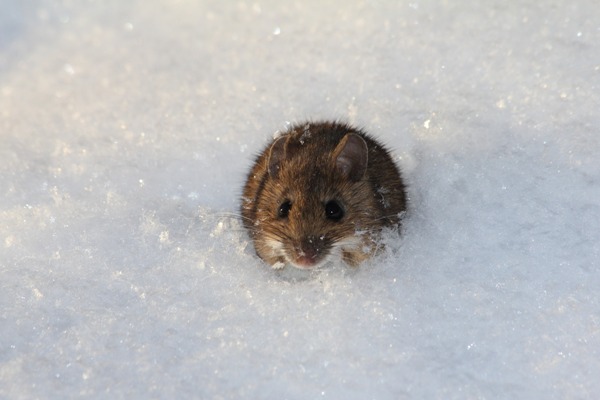
The thankful mouse found the seeds filling and feasted whenever his belly felt hungry. But soon the woodland mice clan questioned how he stayed so fat and healthy. The mouse felt sorry for the hungry clan, but kept the fir’s generosity a secret, for he worried that if he told the others about his food source, then the tree would have no seeds left for the summer winds to scatter.
The Spy
One night, when the forest was quiet, the little mouse climbed up the great fir tree to dine. He had no idea that at that very moment a spy mouse was watching his every move. The spy watched secretly becoming more and more excited. He could not wait to tell the rest of the mouse clan what he observed. Their hunger was about to end!
It wasn’t long before hordes of hungry mice raced towards the fir tree, climbed the laden branches, and attacked the cones of the great fir. In anger, the Douglas Fir snapped the cones closed, trapping the mice. To this day, the little legs and tails of the raiding mice can be seen sticking out from between the scales.
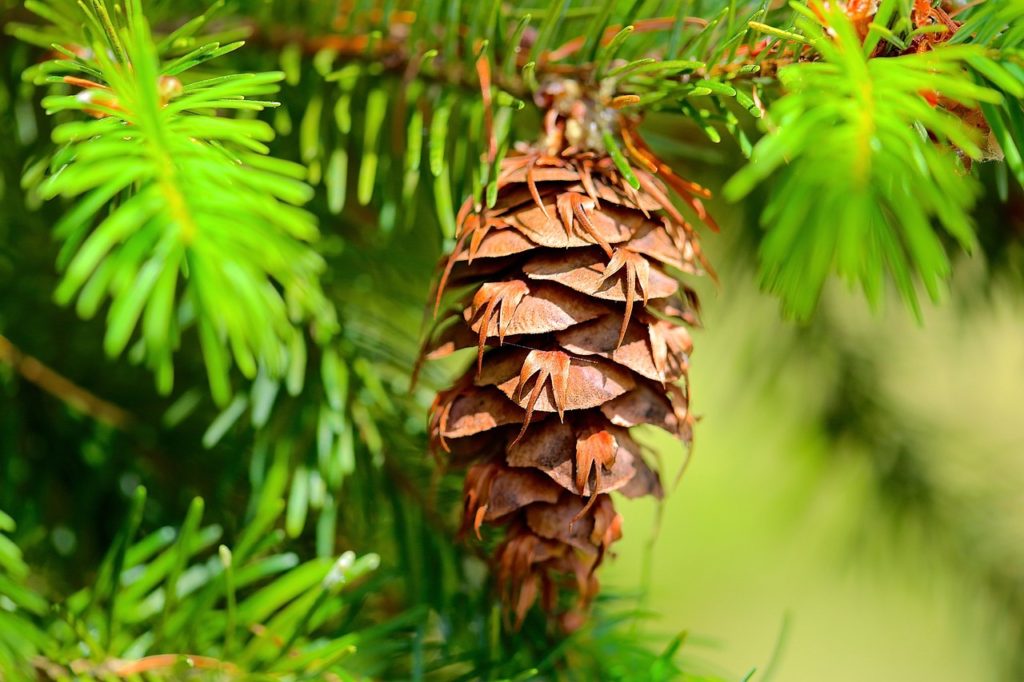
The Legend of the Douglas Fir
A similar indigenous Douglas Fir legend tells of the animals running to escape a forest fire. In this scenario, the mighty fir tree which is resistant to forest fires, offers shelter to the mice who could not outrun the fire. Either way, both Native American tales serve scientific observation, because the reader will never forget what a Douglas Fir cone looks like!
The Douglas Fir Cones
The cones of the Douglas Fir, hang downwards, mostly from the upper section of the tree. If you have read, Taking the Confusion out of Identifying Conifers for Kids, then you already know that the Douglas Fir is not really a fir tree. The cones of true firs do not hang downwards, but instead sit upright like Christmas candles of long ago.
The cones are 2-4 inches long and the seeds are found within the scales of the cone. Mice feet and tails do not really protrude as in our legend, but instead are three-point bracts – a distinguishing feature of the Douglas Fir. Biologists, however, are not yet sure what function the bract serves.
Check out our Gymnosperm Digital Downloads!
The Fascinating Gymnosperm Interactive Lapbook
The Fascinating Gymnosperm Lapbook, © Moving Mountains Daily, is completely planned out – all you must do is cut and paste each element where it belongs. When finished, the lapbook becomes an interactive support tool – perfect for teaching, studying, or reviewing all the information learned in the gymnosperm study unit! Kids love mini books, flaps that flip, and pockets for pictures and cards, while teachers and homeschool moms like how a file folder can hold so much information! Check out The Fascinating Gymnosperm Lapbook!

The Gymnosperm Identification Field Guide Packet
Ready to do some field work and identify conifers? The Gymnosperm Identification Field Guide Packet set includes 5 Identification Category Cards, as well as 22 types of species. Identification field guide cards requires kids to use critical thinking and scientific deduction. Like all things science, there is a process which begins with determining the species and then gradually narrowing it down. Check out the color coded field cards in our new digital download section!
The Gymnosperm Identification Field Guide Packet Set
